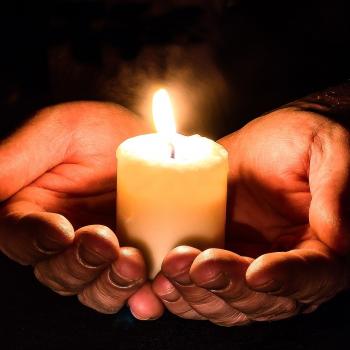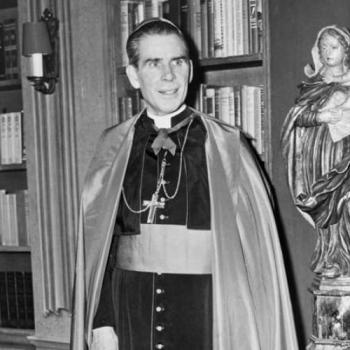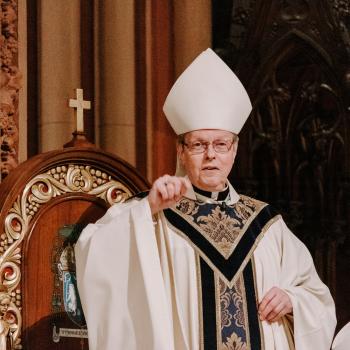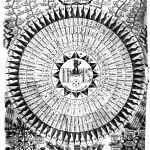In New York, it seems, no one.
With the law changing on same sex marriage, people are looking again at the rules requiring a waiting period for getting married. Some are even trying to have the waiting period waived.
From the New York Times:
The year was 1936, and Jane H. Todd, a state assemblywoman from Westchester County, went to Albany with a warning: the institution of marriage was under siege.
Too many frivolous youngsters were falling in love and eloping on a whim, only to have their marriages end in divorce. These “gin weddings,” as Ms. Todd called them, had to stop.
After two years of lobbying, Ms. Todd, a Republican, persuaded her fellow legislators to enact a law mandating a three-day waiting period between receiving a marriage license and being wed.
The law, and others like it around the country, became so notorious that in 1945 Hollywood made a film, “The Clock,” starring Judy Garland, about a young soldier who falls in love during a two-day leave in New York and tries to find a judge to waive the waiting period so he can marry.
Today, New York’s waiting period, which has been shortened to 24 hours, is back in the limelight because of the legalization of same-sex marriage. Many gay couples want to get married on the first possible day, July 24, and they are now scrambling — in many cases with the help of municipal officials — to find judges who will waive the waiting period.
“We think of Hollywood movies about changes of mind at the altar, but these are couples that have been together for many, many years and have been waiting impatiently to tie the knot,” said Susan Sommer, the director of constitutional litigation for Lambda Legal, an organization that advocates for equal rights for gay people. “They certainly have had a long time to get to know each other.”
New York is one of about two dozen states that require a waiting period for marriages. Over the past seven decades, the waiting period has been changed at least eight times, with legislators altering its length to reflect changing mores and, during some periods, to require blood tests because of concerns about sexually and genetically transmitted diseases.
But historians say the underlying motivation for waiting periods can be traced back centuries.
In colonial New England, and before that in Europe, couples were required to announce their impending nuptials so that anyone with objections could come forward. That practice gave rise to the marriage license, which allowed authorities to ensure that people about to wed were of the proper age and not already married.
In an effort to prevent rushes to the altar, American states began to impose waiting periods in the early 20th century.
“Marriage should be something more than a hit-or-miss proposition, and should only be entered into after careful consideration,” Ms. Todd said when she began her lobbying effort in New York.











